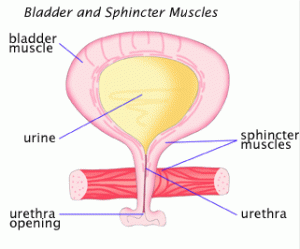Also known as urinary incontinence, bladder control problems are a general complication of menopause but can happen at any age. Luckily, there’re several options accessible for incontinence treatment.
How Does Menopause Have An Effect On Urinary Incontinence?
During and after menopause, female hormone estrogen levels drops considerably. Besides controlling your monthly period and body changes during pregnancy, estrogen aids to keep the urethra and the bladder healthy.
Deficiency in estrogen may also make the pelvic muscles which supports bladder control to deteriorate, resulting in urge incontinence.
What Type Of Bladder Control Issues May Occur After Menopause?
Several Bladder Control Issues Which May Occur Due To Menopause Include:
• Stress incontinence – stress from coughing, sneezing, or lifting can force urine through the deteriorated urethra. This type of seepage is known as stress incontinence. It’s one of the most common type of bladder control issues in older women.
• Urge incontinence –it’s another very frequent bladder control issue. With this state, the bladder muscles press at the incorrect time – or all the time – and cause seeps.
• Painful urination
• Nocturia –the urge to get out of the bed to urinate many times at night
What else can cause bladder control issues in older female?
Menopause may not be the single cause for bladder control issues. There’re other medical states that may cause incontinence, including:
• Infections
• Earlier pregnancies
• Nerve injury from stroke or diabetes
• Drugs such as tranquilizers or diuretics
• Difficulty in moving or walking
• Smoking cigarettes and drinking caffeine or alcohol can contribute to your bladder control issue.
To diagnose a bladder control issue, your physician will first acquire a detailed medical record and do a physical test, including a pelvic test. Your urine will be tested also for symptoms of infection or other issues.
Follow Kegelmaster Australia Limited. On:-


